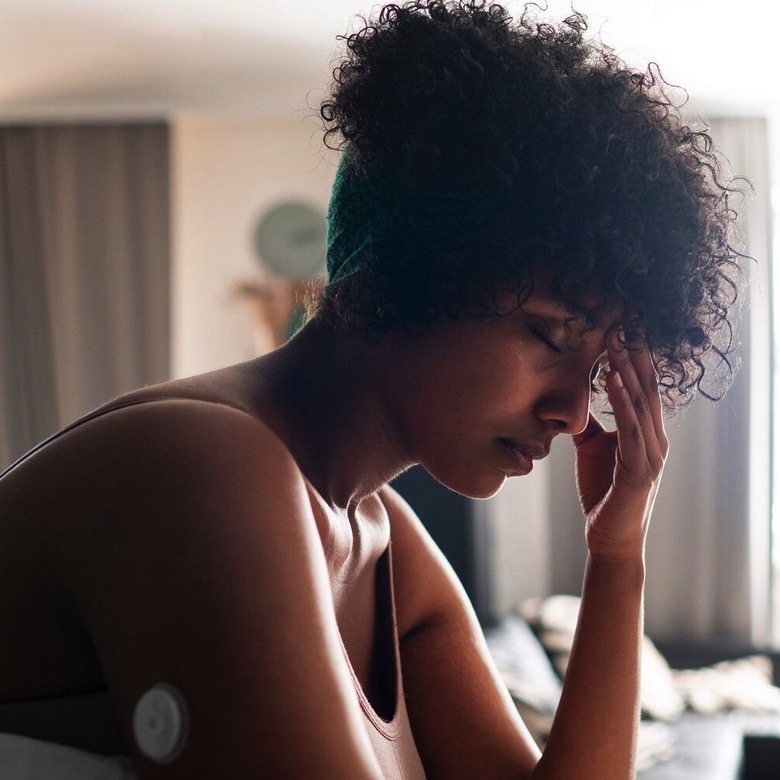Articles
Vol. 36 (2024)
Non-pharmacological interventions and coping mechanisms during dysmenorrhea among female undergraduates in a tertiary institution in Nigeria

Publisher's note
All claims expressed in this article are solely those of the authors and do not necessarily represent those of their affiliated organizations, or those of the publisher, the editors and the reviewers. Any product that may be evaluated in this article or claim that may be made by its manufacturer is not guaranteed or endorsed by the publisher.
All claims expressed in this article are solely those of the authors and do not necessarily represent those of their affiliated organizations, or those of the publisher, the editors and the reviewers. Any product that may be evaluated in this article or claim that may be made by its manufacturer is not guaranteed or endorsed by the publisher.
Received: 15 May 2023
Accepted: 19 December 2023
Accepted: 19 December 2023
2875
Views
598
Downloads







